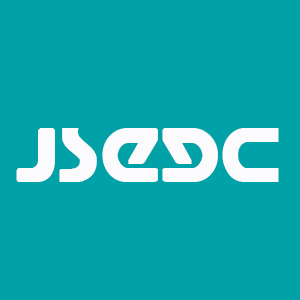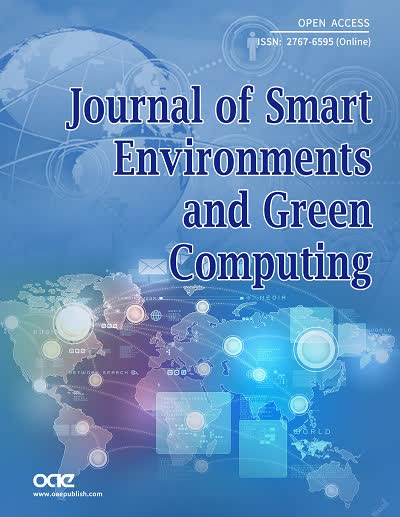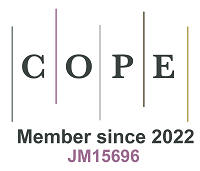Welcome to the exciting world of “Green Computing and Smart Environments”
Welcome to the exciting world of “Green Computing and Smart Environments”. In the world of limited and scarce resources and ever-growing demands of the society for higher and higher standards of living, there is an acute need to become innovative and come up with unique, efficient and non-traditional ways of organizing computing, managing hardware resources, building energy conscious storage, and organizing efficient communication services.
In brief, green computing refers to a multi-faceted and environmentally sustainable computing environment. In a broad sense, green computing focuses on the environmentally responsible and eco-friendly usage of computers being central to the formation of smart environments, exploration of their resources, and efficient applications. As such, within this framework, one concentrates on the studies of designing, manufacturing/engineering, using, and disposing of computing devices to reduce their environmental impact, thus making them environmentally sustainable. Green computing becomes indispensable for all classes of systems, ranging from hand-held devices to large-scale data centers. Green initiatives including renewable energy, smart grids, and energy efficiency are essential to the holistic, well thought out buildup of smart environments. They are of fundamental relevance given the omnipresence of computers when offering solutions to a plethora of problems encountered in smart cities, Internet of Things (IoT), sensor networks, diverse communication channels, user-centricity and centrality of systems, AI-oriented tasks, strategic decisions, high scale logistic problems, rapid crises response strategies, decision-making processes, and risk assessment in complex, varying, and unpredictable environments. All of these endeavours call for innovative computing environments.
This journal aims to serve as a stable and recognized platform to disseminate crucial, timely, and far-reaching research results as well as to establish a broad forum for fostering vital discussions and accelerate further progress in the area. The main areas of interest include a spectrum of timely topics: power supply; power management; algorithmic developments and deployment strategies for green computing; energy management in data centers; green cloud computing in energy efficiency; green wireless networks; green parallel computing with big data and data analytics; smart cities; smart grid; smart agriculture/ocean; e-learning/smart education; e-health; ambient intelligence; product recycling and recycling strategies; advantages and challenges of green computing; green computing and smart cities; ambient intelligence-based green computing; applications to manufacturing, health, energy sector, and education; green virtual technologies; and green monitoring systems.
When arriving at solutions, there are a number of factors, requirements, and constraints that one has to core with it a thoughtful way. Along with those factors of challenging technical character, one has to consider crucial societal, economical, and ethical aspects and strike a prudent and delicate balance among all of them. The complexities of the problems are enormous. The factors of uncertainty are eminent. There is no doubt that we must engage advanced methodologies and ensuing methods and rely on and emphasize a synergistic usage of advanced technologies of artificial intelligence, data analytics, and multi-objective group decision-making, to name only a few promising advancements.
The mission of the journal is to bring to the research community and practitioners the most promising and ground-breaking research, innovative concepts, best practices, and insightful case studies. We welcome authors to publish their exciting high caliber research in the Journal of Smart Environments and Green Computing.
Declarations
Authors’ contributionsThe author contributed solely to the article.
Availability of data and materialsNot applicable.
Financial support and sponsorshipThe author has not declared a specific grant for this editorial from any funding agency in the public, commercial, or not-for-profit sectors.
Conflicts of interestThe author declared that there are no conflicts of interest.
Ethical approval and consent to participateNot applicable.
Consent for publicationNot applicable.
Copyright© The Author(s) 2020.
Cite This Article
How to Cite
Pedrycz, W. Welcome to the exciting world of “Green Computing and Smart Environments”. . J. Smart. Environ. Green. Comput. 2021, 1, 1-2. http://dx.doi.org/10.20517/jsegc.2020.01
Download Citation
Export Citation File:
Type of Import
Tips on Downloading Citation
Citation Manager File Format
Type of Import
Direct Import: When the Direct Import option is selected (the default state), a dialogue box will give you the option to Save or Open the downloaded citation data. Choosing Open will either launch your citation manager or give you a choice of applications with which to use the metadata. The Save option saves the file locally for later use.
Indirect Import: When the Indirect Import option is selected, the metadata is displayed and may be copied and pasted as needed.














Comments
Comments must be written in English. Spam, offensive content, impersonation, and private information will not be permitted. If any comment is reported and identified as inappropriate content by OAE staff, the comment will be removed without notice. If you have any queries or need any help, please contact us at support@oaepublish.com.